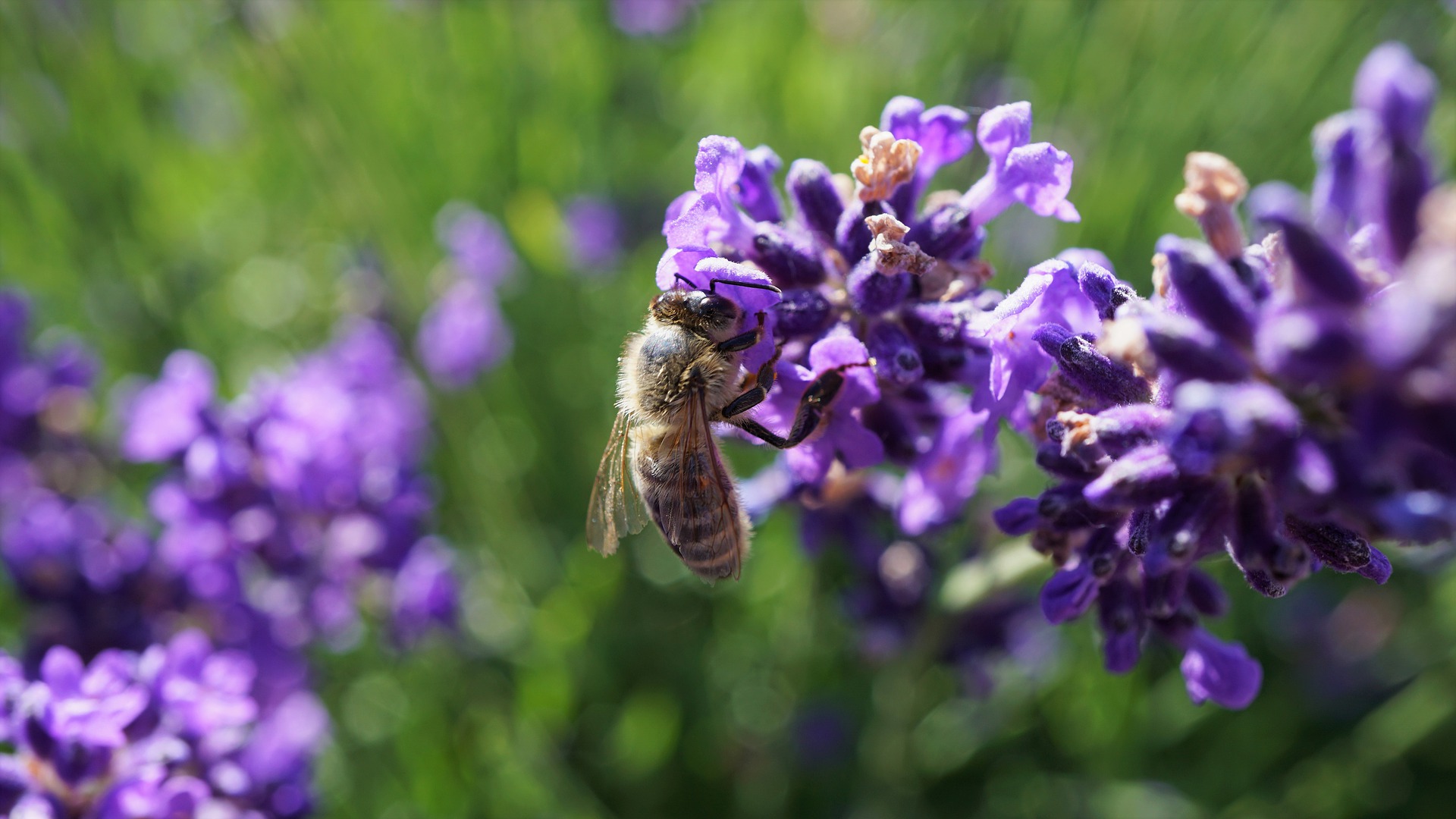
 By Dr. Indira Khurana*
By Dr. Indira Khurana*
Biodiversity leads to greater stability and resilience to environmental changes: Is it so hard to understand?
Between October 11-15, 2021, the 15th Meeting of the Conference of Parties (COP 15) to the Convention on Biological Diversity (CBD) will be held online, followed by an in-person meet in China in May next year. This is just before the much-awaited UN Climate Change Conference (COP 26) in Glasgow in November 2021. Both these COPs need to be followed carefully, to check whether decision makers will finally act on the crises that faces humanity today and will continue to do so, for generations to come. Even this year’s three physics Nobel Prize winners are warning the threat humanity faces due to climate change and are hoping that governments commit to hard action in COP 26.
Two crises that threaten our existence – climate change and accelerated biodiversity loss. Climate change is making its presence known through extreme weather events and disasters. While some biodiversity loss is normal and expected, the current rate of extinction of species is up to a devastating 1,000 times this natural rate. In September, 2021, the IUCN World Conservation Congress held in Marseilles, France, emphasized that humans have reached a tipping point, and the window to respond to respond to both these crises is closing fast.
Biodiversity is ‘the variability among living organisms from all sources including, inter alia, terrestrial, marine and other aquatic ecosystems and the ecological complexes of which they are part, which includes diversity within species, between species and ecosystems.’
Biodiversity and climate change relationships
The relationship between biodiversity and climate change is simple – yet complex. Biodiversity loss (deforestation for example) leads to climate change. Increasing temperatures (global warming) changing weather patterns affect biodiversity: Even small changes in temperatures affect biodiversity and ecosystems. The destruction of forests and other ecosystems undermines nature’s ability to regulate greenhouse gases in the atmosphere and protect against extreme weather impacts. This again accelerates climate change and increases vulnerability to it.
Robust natural ecosystems are biodiversity-rich. These support life and sponge up stresses related to the environment: A more diverse ecosystem is naturally more resilient to climate fluctuations.
Why biodiversity is always important
Biodiversity provides livelihoods and shelter and enables food security at all scales: From local to global food security. In fact, biodiversity is critical for safeguarding global food security, underpinning healthy and nutritious diets, improving rural livelihoods and enhancing resilience against social, economic and environmental shock. Lesser food species means greater susceptibility to pests and disease. As climate gets more extreme and unpredictable, it is stress tolerant diversity (for example, drought and salinity tolerant varieties) that will help in times of need: Natural diversity in animal, aquatic and plant foods are thus a kind of insurance to aid food production

Biodiversity offers tremendous choice in food: There are some 6,000-plant species cultivated for food, and then there are the wild edible plants. Wild species are those which are not dependent on human intervention for their survival. In 2000, New Zealand Scientist Barbara Burlingame estimated that one billion people worldwide incorporate wild foods in their diet.
Harvesting wild species is a well-known coping strategy for addressing food and nutrition security, especially in rural areas. In India also, wild edible plants have been an integral part of the diet and are included into local food culture. Communities with little access to markets and knowledge about these foods survive on these. Wild edible plants thus need to be taken care of and promoted for local self-sufficiency in food and nutrition and easy access, especially for the poor and those living in and around forests. These also play a role in improving tolerance and yields of cultivated edible species. Unfortunately, some 24 per cent of wild food species are decreasing in abundance while the status of 66 per cent are simply unknown. As biodiversity is lost, with it the traditional knowledge around its sustainable use, where it could be found, its food and nutrition value is also lost.
Biodiversity helps in healthcare through boosting immunity and treatment of illnesses and disease. When habitats are lost, sources of traditional remedies are lost as are potential allopathic drugs. To add insult to injury, habitat destruction also leads to new zoonotic diseases: COVID 19 is one such disease caused by a virus that has jumped from animals to humans. Around 75 per cent of new infectious diseases are due to zoonotic viruses, which cross over to humans when their natural habitat is lost. With the climate heating up, as species migrate to cooler climes, diseases migrate too. With the food chain getting disrupted due to species decline and extinction, microbes survive by adapting to other hosts. In the process new diseases can emerge in these new hosts, including humans with potential to take on pandemic proportions.
Biodiversity contributes to both, the health and wealth of nature, which underpins human survival. But are we serious about biodiversity conservation? In 2011, the UN declared the beginning of the Decade of Biodiversity, a ten-year effort to combat loss of biological wealth. At the decade, in 2020, not one of the twenty targets were achieved globally.
The first Earth Summit was held in 1992 in Rio de Janeiro, Brazil, where most nations of the world declared that human action were destroying ecosystems, eliminating genes and species at a disturbing rate. This summit gave rise to the Convention on Biological Diversity and the UN Framework Convention on Climate Change (UNFCCC). It’s now time for COP 15 of the CBD and COP 26 for Climate Change.
Biodiversity must be celebrated for the colour, taste, smell, culture and tradition, protection and security that it offers us. Only then will we be able to meaningfully act for cherishing this wondrous gift of nature. We need to realise the role biodiversity plays in our lives, in mitigating and adaptation to climate change, in developing resilience. People must be involved in biodiversity conservation: In situ biodiversity conservation is possible through community-centred efforts that involve sustainable use, and by storage in gene banks.
Development must focus on replenishment and nourishment of nature instead of the current practice of extraction and destruction. The Earth supports life in all its forms, with some one million types of plants, animals, and microorganisms and seven billion people. For our own survival it makes sense to support life in all these forms.
**Indira Khurana, PhD has been working on water and natural resources for more than two decades.





